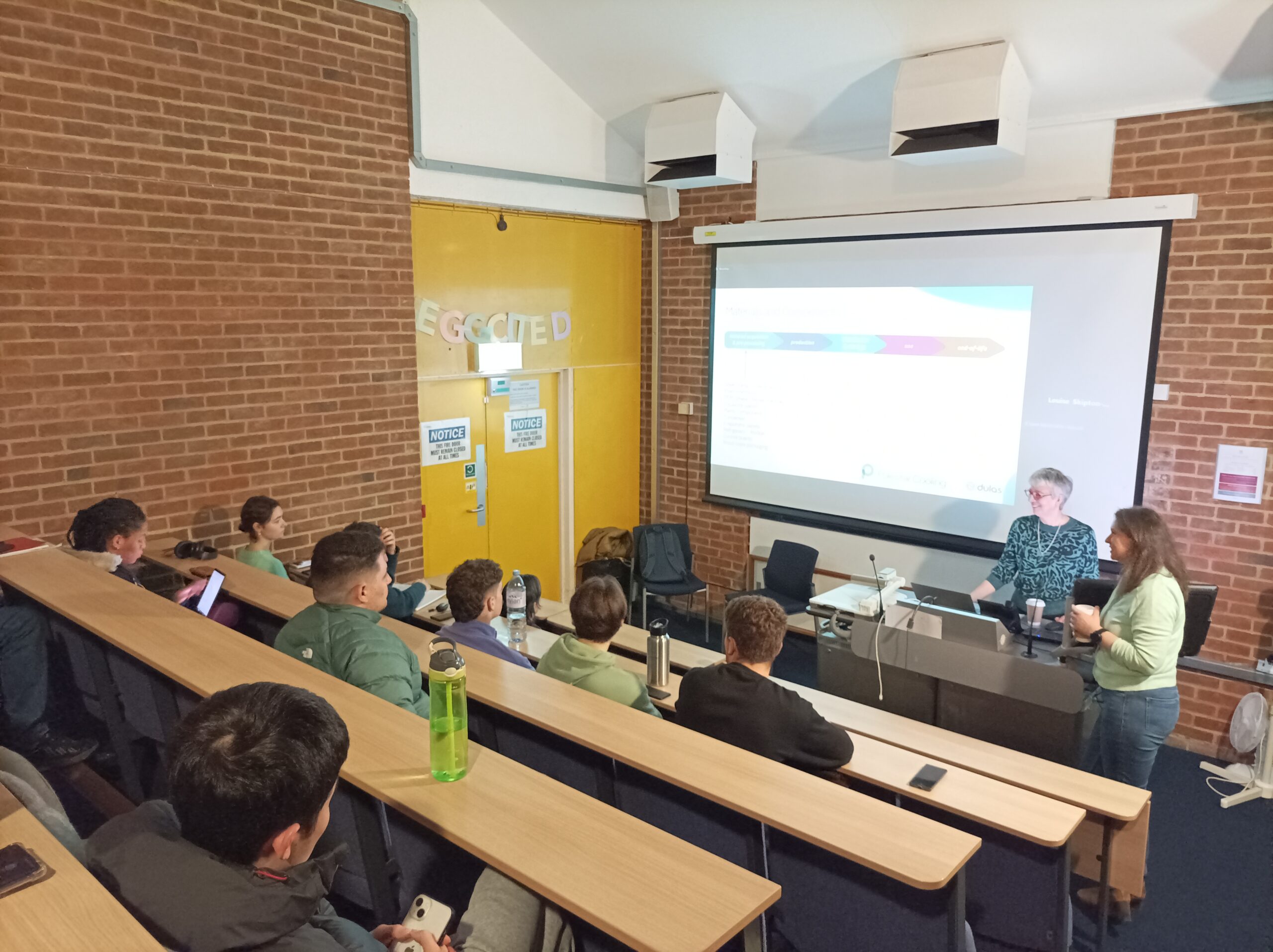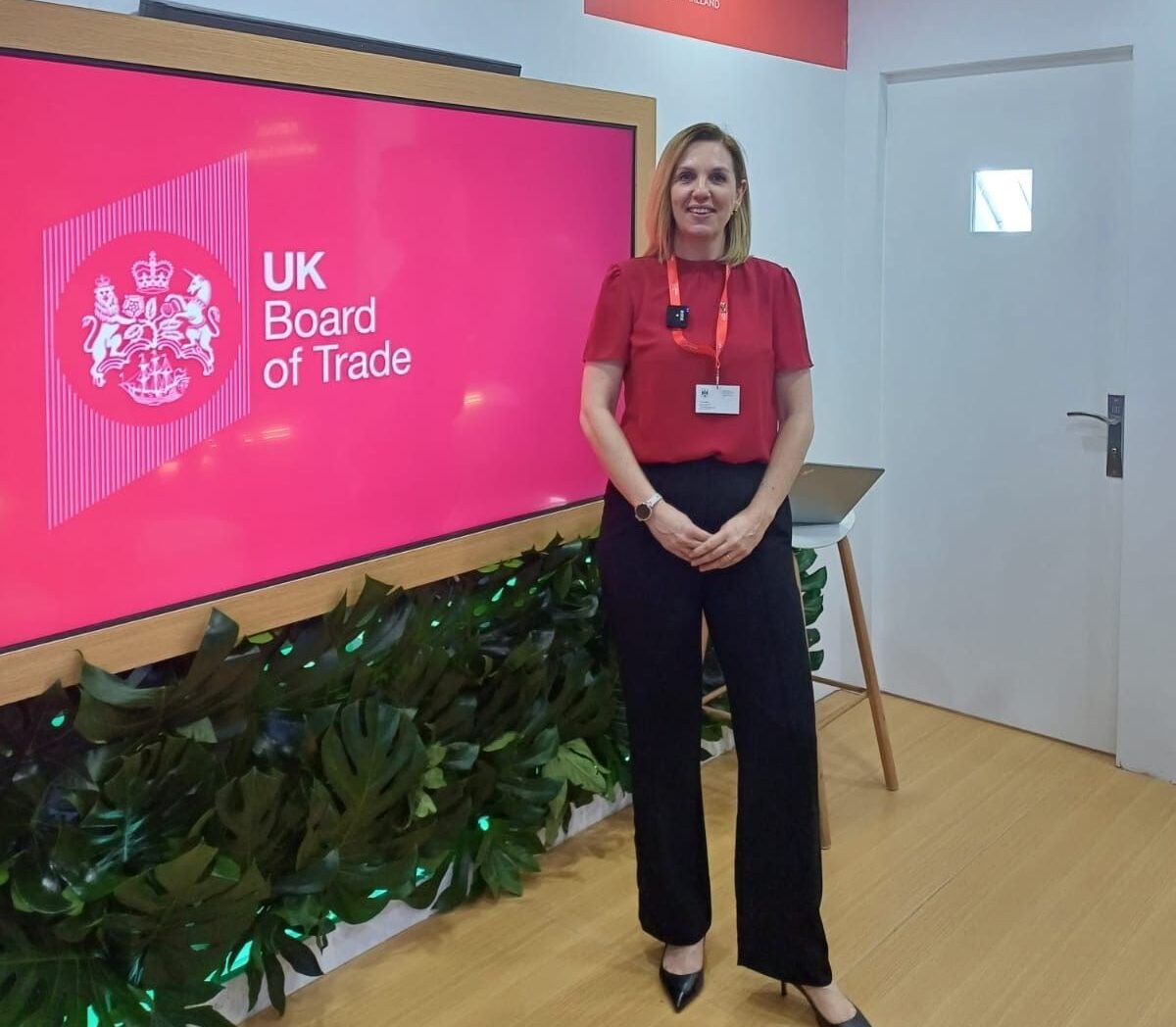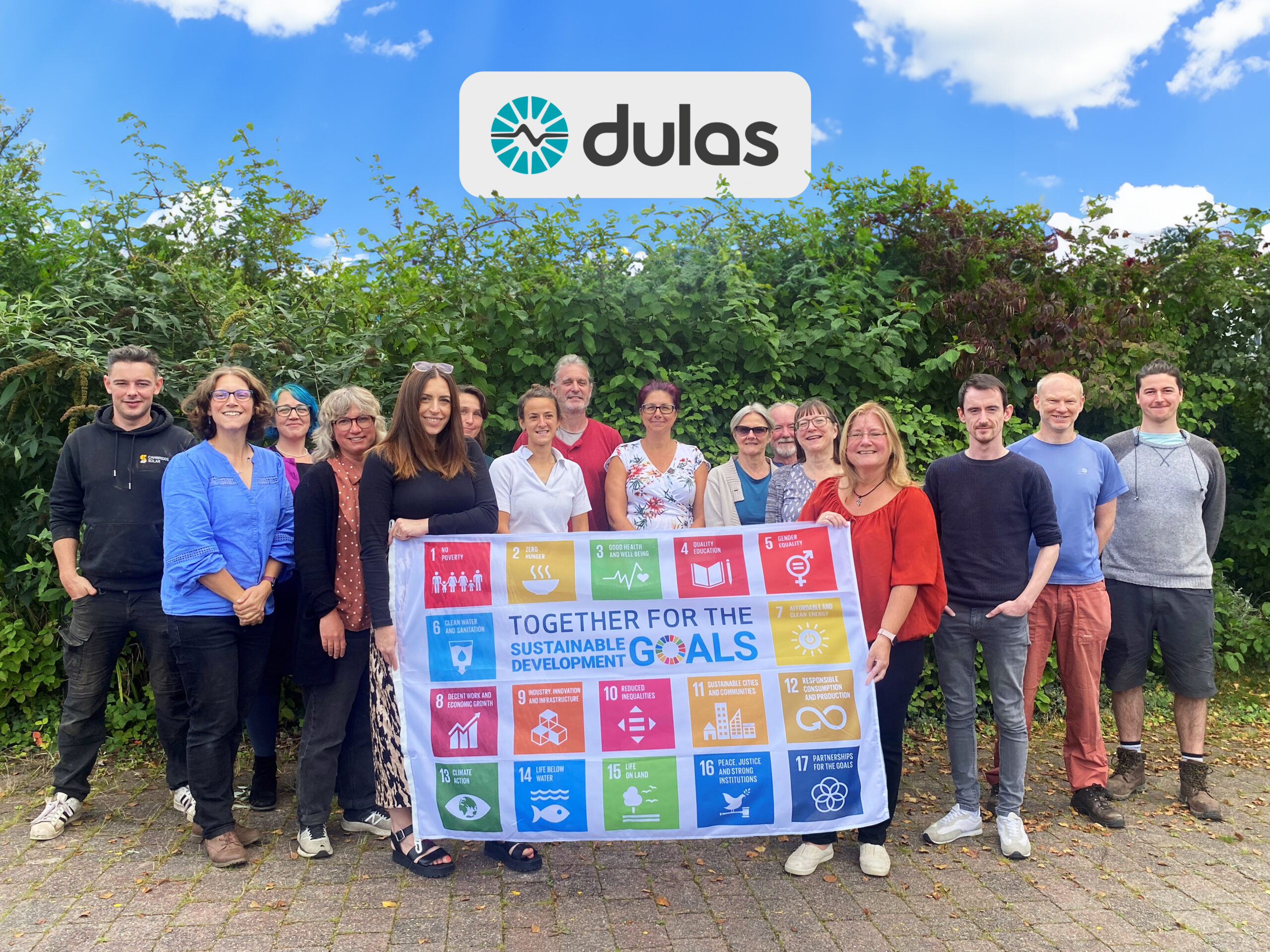The latest analysis of WHO/UNICEF data shows that developing nations are catching up with developed nations in terms of vaccine coverage, and in some cases, lower-income countries are actually beating the global average.
Released last month, the Gavi report focuses on the achievements and challenges of 2019, and shows that some 65 million children in the world’s poorest countries received diphtheria, tetanus and pertussis (DTP3) vaccinations. The figures show that a million more children received vaccines in 2019 than throughout the previous year, taking developing nation coverage to 81%.
When Gavi was established in 2000, vaccine coverage in developing nations averaged out at just 59%, compared to much higher figures for developed nations. The latter’s coverage rates were close to 90%, but in the twenty years that have elapsed, this has only risen marginally to 91%, while conversely, Gavi-supported countries have grown by 22%, giving coverage rates a near parity.
At Dulas, we have always been driven by an underlying company goal to see healthcare equality.
These figures represent an enormous achievement for the whole industry, and a near-realisation of one key component of our company mission. Our MD, Ruth Chapman, writes that, “the latest data truly marks a milestone for everybody across the industry. With just a 10% difference in coverage across Gavi-supported and non-Gavi-supported countries, we are more determined than ever to work with our partners to help close that gap for good. Ultimately, we want to see equivalence across the poverty divide.”
The report also shows that immunisation against certain diseases, such as rotavirus and pneumococcal-based illnesses, is actually higher in Gavi-supported countries than the global average. The data also shows that the HPV vaccine (which protects against the leading cause of cervical cancer) has also been introduced to many Gavi-supported territories, and the administration of that vaccine to girls in low-income countries has now increased by 7%.
Ruth adds, “There’s so much positive news in the global data, it’s also heartening to see that the number of children not receiving any basic vaccines has declined by 1.7 million over the past five years. In addition to ensuring continuity of provision to all of the countries Dulas serves, we are going to focus on trying to reach those ‘zero-dose’ children that currently don’t benefit from the valuable work carried out by Gavi, UNICEF, The International Committee of the Red Cross, MSF and other NGOs.”
“More children are being protected against more diseases than at any point in human history, with child mortality also dropping to historic lows,” said Dr Seth Berkley, CEO of Gavi, the Vaccine Alliance. “This is real progress, the result of decades of hard work by hundreds of thousands of vaccinators, health workers and staff from across the Vaccine Alliance.”
One obvious dark cloud on the horizon, is the inevitable impact of COVID-19 on global vaccination programmes. WHO and UNICEF have warned that their preliminary data sets for the first quarter of 2020 show an “alarming decline in the number of children receiving lifesaving vaccines around the world.”
Gavi has stated that their staff are “working round the clock to ensure immunisation programmes continue despite the pandemic” and Dulas wholeheartedly shares that sentiment. In fact, the past month has seen us receive our largest order of solar direct drive vaccine refrigerators in our company history, and our ambition is to continue building on this momentum. Despite the unavoidable disruptions to the travel and logistics industry we have been able to overcome the logistical hurdles presented by the pandemic and have continued to deliver our life saving cold chain equipment to the most rural communities.
It is likely that the figures for 2020 will, in light of global events, show less progress than those for 2019. But as an industry, it’s important that we all stop to reflect on, and celebrate, 2019’s far-reaching achievements.
So from all at Dulas, thank you to everybody that has contributed to shortening the gap.





